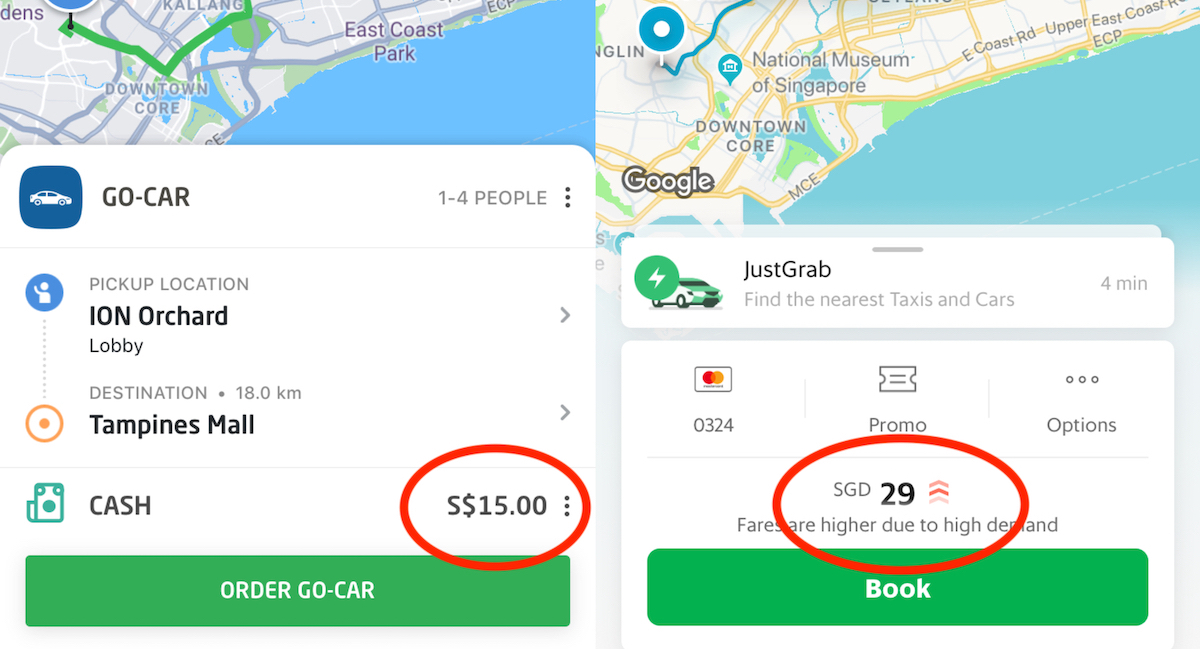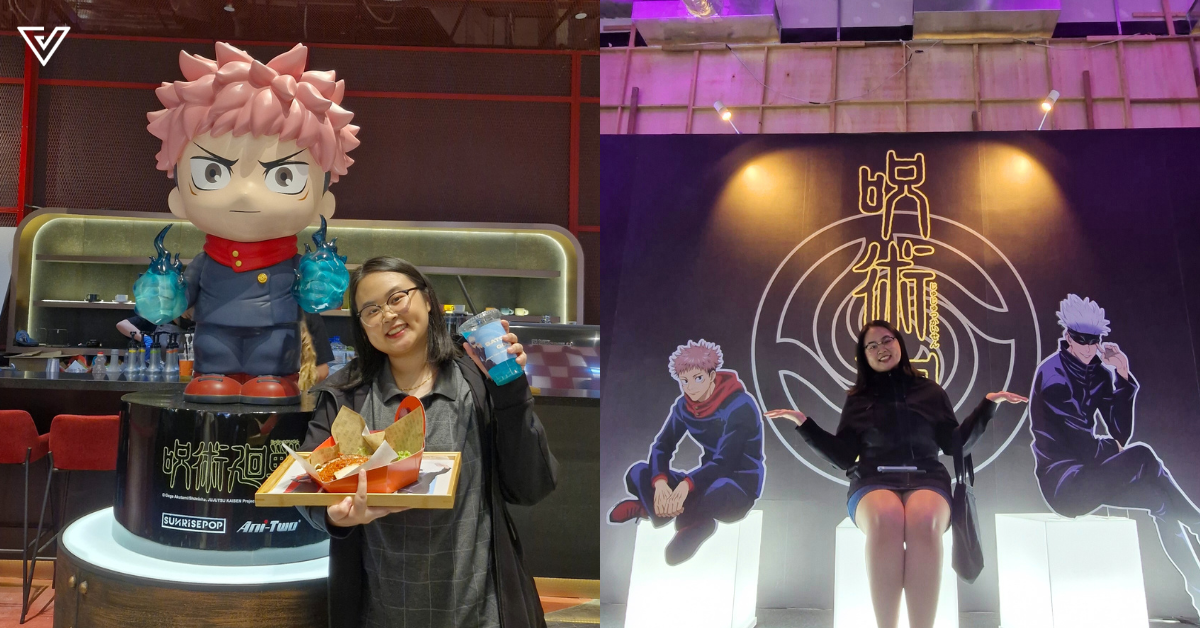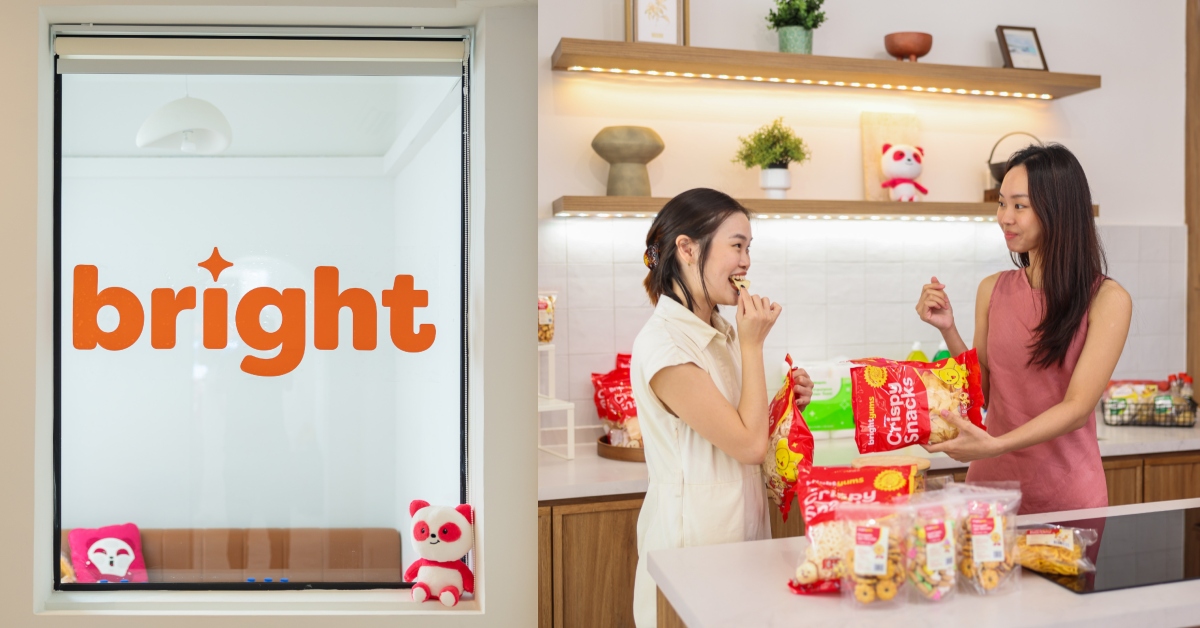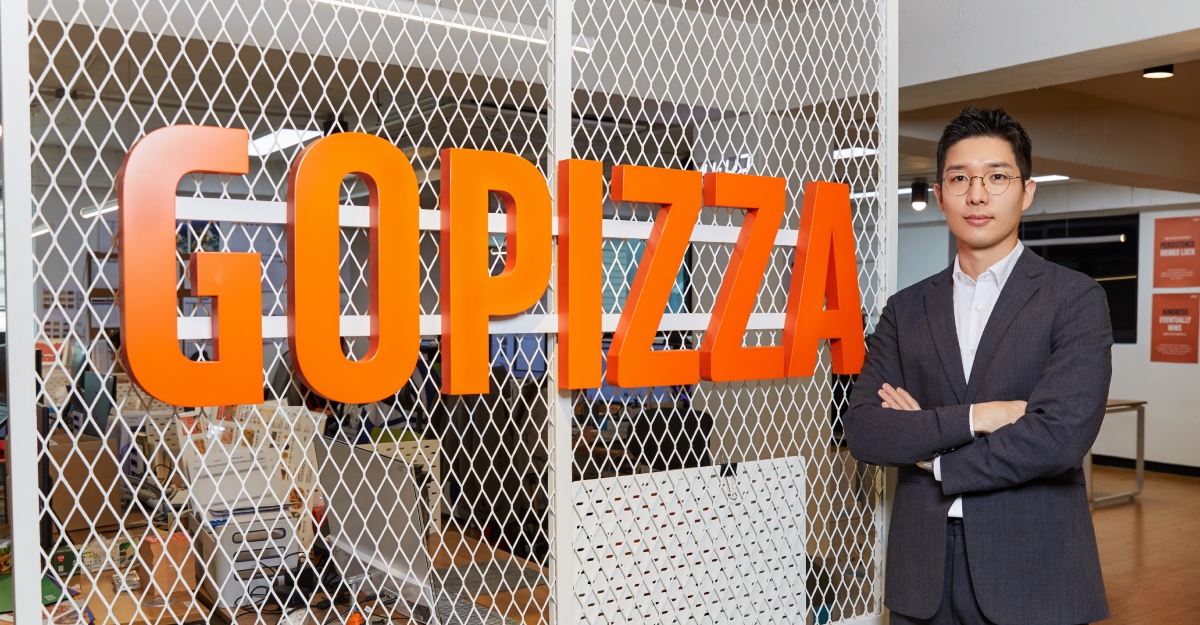- Fare comparison between Go-Jek and Grab across different times of the day.
- With surge pricing, Grab’s fares can be double of Go-Jek’s. Otherwise, their fares are comparable.
- Cheap fares go hand-in-hand with promo codes, but Grab has declared that it will not engage in a promo code war with Go-Jek. It will focus on competing on value instead of price.
Since Uber exited Singapore (along with other regional markets) back in March, the ride-hailing scene in Singapore has been deemed stagnant.
So when a new player comes along — namely Indonesia’s Go-Jek — Singaporeans got very excited at the prospect of an alternative ride-hailing app as it blessed them with a new option besides Grab.
Back when the local ride-hailing market was dominated by both Uber and Grab, users typically toggle between the two apps to compare the fares on each platform.
Clearly, the biggest factor to get riders on board (pun intended) is competitive fares. Especially in Singapore, it’s a challenge to instill loyalty among price-sensitive riders who tend to jump ship (or apps, in this matter) as long as one party offers a lower fare.
When Go-Jek launched its beta app in Singapore on November 29, there was much excitement and curiosity surrounding the app: is it cheaper than Grab?
To answer your burning question, we have decided to do a fare comparison for Grab and Go-Jek to see which app wins in terms of the price factor.
First things first, the Go-Jek app is still in its beta phase, which means that its Go-Car service is not yet available islandwide.

Currently, only rides beginning and ending in the eastern and south-central parts of Singapore are available. You can check out this map to view the areas where Go-Jek is running in Singapore.
On that note, we randomly chose two destinations as the pick-up and drop-off point (from Ion Orchard to Tampines Mall); and compared the trip fares across different times of the day to see if there’s any price difference.
9:06am: Morning Rush Hour

4.21pm: Afternoon Shopping At Orchard

6.45pm: Evening Rush Hour

9.30pm: Post-Dinner Meeting

1.16am: Past Midnight

Verdict: Surge Pricing Causes You To Pay Almost Double For Grab
We were stunned when we saw that with surge pricing, Grab fares can be almost double of Go-Jek’s!
Justifying the high surges, Grab said in its blog post that its main priority is to allocate a ride to its users as fast as possible.
When there are more people booking than the number of drivers available in an area — eg. during peak hours, rainy weather, or in more secluded places — fares “surge” or go up to encourage more drivers to head to you.
While users are assigned a car quicker, drivers who make the trip to places with higher demand also get to earn more.
Here’s the thing: not all passengers prioritise allocation. Some are actually willing to wait longer for a cheaper ride.
So if you think the surge fares are not acceptable, Grab has added a travel trends widget under ‘Daily Feed’ in its app to show the fare trend from your chosen pick-up point, in half-hour blocks on any given day. This is based on past data over the last two months.

If you have some flexibility in your schedule and don’t mind waiting a while before booking a ride, you can refer to the widget to estimate when fares would be low.
Go-Jek on the other hand, has declared in an earlier article that its “beta phase will not include dynamic pricing”.
Instead, it calculates its fares using a “base fare and kilometres travelled” and does not add on an additional price per minute unlike Grab.
Moreover, Go-Jek is currently running a $5 discount promo for the first two rides for its DBS users, which makes its cheap rides even cheaper.
Do take note that once Go-Jek’s beta phase ends, dynamic pricing will be applicable for specific hours and areas. When that happens, Go-Jek’s fares might be comparable to Grab.
If we look at the fares without the surge pricing, Grab and Go-Jek’s fares are actually pretty close — Go-Jek’s fare was only $1 cheaper than Grab.
Beyond the pricing, it’s also noteworthy that Grab offers many other ride options, from carpooling (GrabHitch and GrabShare), bigger cars (GrabXL), shuttle buses (GrabShuttle), and taxis (Standard Taxi).
Its transport services such as GrabHitch and Standard Taxi are not affected by dynamic pricing; and if you don’t mind sharing a ride with others at a lower fare (up to 30% cheaper than GrabCar), you can also opt for GrabShare.
Meanwhile, Go-Jek only offers one ride option: Go-Car. There are no plans in the pipeline as of yet to introduce other ride options as it awaits feedback from Singapore users during its beta phase.
Through customer feedback, Go-Jek will then determine which of its services it should introduce to the market next.
Grab Will Not Engage In Promo Code War With Go-Jek
Cheap fares come hand-in-hand with promo codes, but Grab Singapore’s head Lim Kell Jay recently revealed in a TODAY article that the firm will not be pushing out perks to rival Go-Jek.
Based on past experience, Lim remarked that handing out promotions is unsustainable.
Back when Uber was still in Singapore, both Uber and Grab were busy battling each other to dish out promo codes in an attempt to gain a bigger market share.
When it acquired Uber’s regional business in March, which also subsequently ended the promo code war, all Grab received was anger and flak from its users.
Now, it intends to compete on value instead of price.
“The truth of the matter is promotions are very short-term: It’s really just that one particular transaction. We need to take a much longer view. We are not here to fight that short war,” Lim told TODAY.
While Grab will make use of promotions to lure users to try new services, Grab ultimately looks at benefiting users over the longer term through its GrabRewards programme and GrabClub, a recently launched monthly subscription scheme for ride and food delivery discounts.
Go-Jek on the other hand, may have no choice but to compete on price at this stage.
While it’s true that pushing out promotions can entice users to jump onboard a service, ride-hailing platforms will ultimately have to compete on service, quality and value for money if they want to stay in the game for long.








